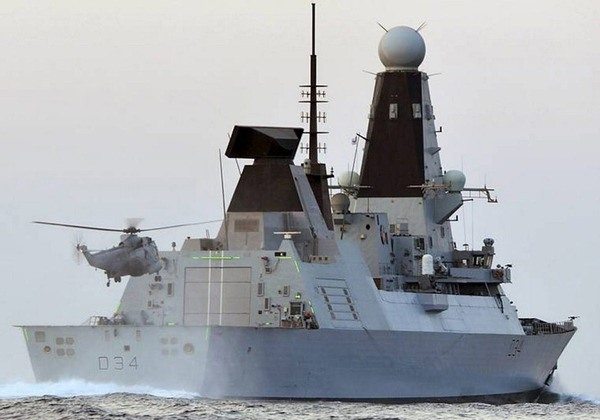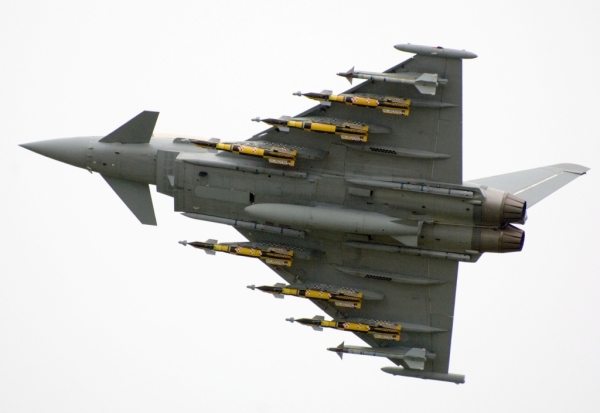The Ministry of Defence has today published details of how it will equip the Army, Royal Navy and Royal Air Force over the next 10 years and how this will be funded.
For the first time, the government has set out a fully-funded Defence Equipment Plan totalling almost £160 billion.
The affordability of this plan has been scrutinised by the National Audit Office (NAO) and their independent analysis is also published today.
The NAO makes clear that the MOD has:
- substantially revised the way it compiles and manages the equipment plan and is now approaching the task on a more prudent basis;
- taken difficult decisions to address what was estimated to be a £74 billion gap between its forecast funding and costs;
- taken significant positive steps designed to deal with the accumulated affordability gap and lay the foundations for stability going forward.
And concludes that if it continues along this path:
- the department will be able to demonstrate it has really turned a corner.
The publication of the equipment plan follows the Defence Secretary’s announcement last year that the Defence Budget has been balanced for the first time in more than a decade and that the MOD is taking a new approach to financial planning.
Within the equipment and equipment support budget of around £160 billion over the next ten years, Philip Hammond has introduced for the first time a contingency of £4.8 billion to manage cost variation and protect existing projects.
In addition, within the £160 billion, £8 billion is currently unallocated. This will be allocated as new equipment priorities emerge over the decade and only once the MOD is confident that they are affordable and therefore deliverable.
Priorities will be decided by the Armed Forces Committee, chaired by the Chief of the Defence Staff.
Structuring the Defence Equipment Plan and the budget that supports it in this way will enable the MOD to deliver Future Force 2020.
The equipment plan includes the following major investments in state-of-the-art military capabilities and their support over the next ten years:
- £35.8 billion on submarines and the deterrent, including a total of seven Astute Class attack submarines and developing a replacement for Vanguard Class ballistic missile submarines;
- £18.5 billion on combat air, including Lightning II and Typhoon fast jets and unmanned aerial vehicles;
- £17.4 billion on ships, including Queen Elizabeth Class aircraft carriers, six new Type 45 destroyers and the development of the Type 26 Global Combat Ship;
- £13.9 billion on aircraft for air-to-air refuelling, passenger and heavy lift, such as Voyager and A400M;
- £12.3 billion on armoured fighting vehicles, including Warrior, Scout and other land equipment;
- £12.1 billion on helicopters, including Chinook, Apache, Puma and Wildcat; and
- £11.4 billion on weapons, for example, missiles, torpedoes and precision guided bombs.
The Defence Equipment Plan gives the defence industry more information than ever before about the MOD’s priorities to enable them to invest in the capabilities the military will require.
Defence Secretary Philip Hammond said:
“It is essential that our forces are fully equipped to respond to the range of threats we face in this uncertain world. This £160 billion equipment plan will ensure the UK’s Armed Forces remain among the most capable and best equipped in the world, providing the military with the confidence that the equipment they need is fully funded.
“For the first time in a generation the Armed Forces will have a sustainable equipment plan.
“Step by step, we are clearing up the culture of over-promising and under-delivering that created a multi-billion pound black hole in the Defence Budget. Today’s NAO report confirms that we were right to take the difficult decisions to cut unaffordable expenditure and balance the books.”
Chief of the Defence Staff, General Sir David Richards, said:
“Successful operations rely on a proper equipment programme based on sustained funding into the future. Through the Armed Forces Committee to the Defence Board, all 3 Services now have greater input and more certainty than ever before about what equipment they will have and when.
“The clarity provided by the equipment plan builds on the confidence in the budget and shows that Future Force 2020 is affordable and achievable. Our Armed Forces will have the capabilities to respond to global threats and provide the nation’s defence.”











